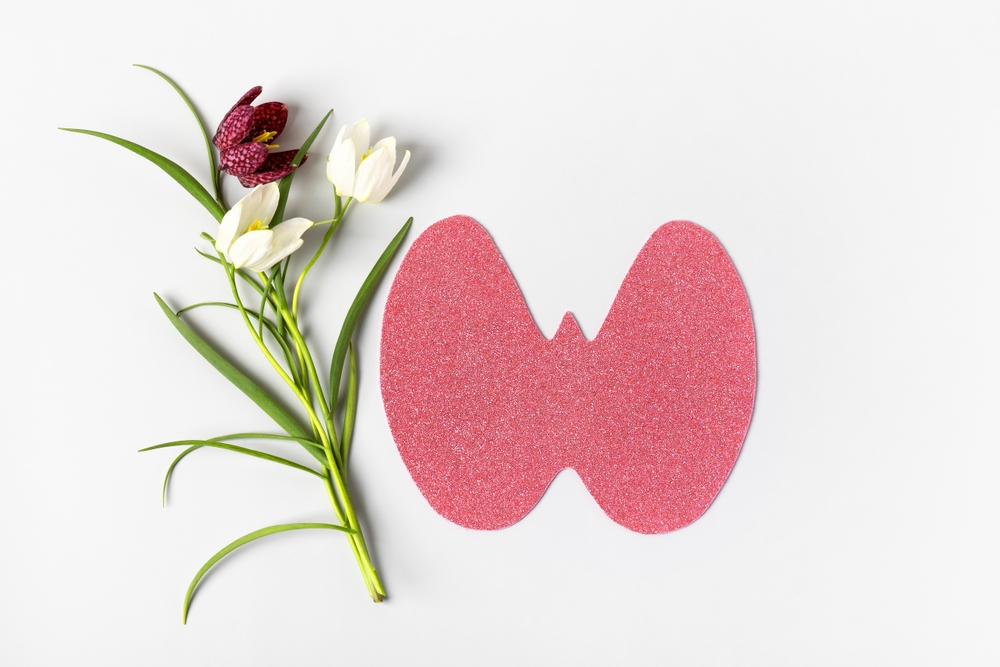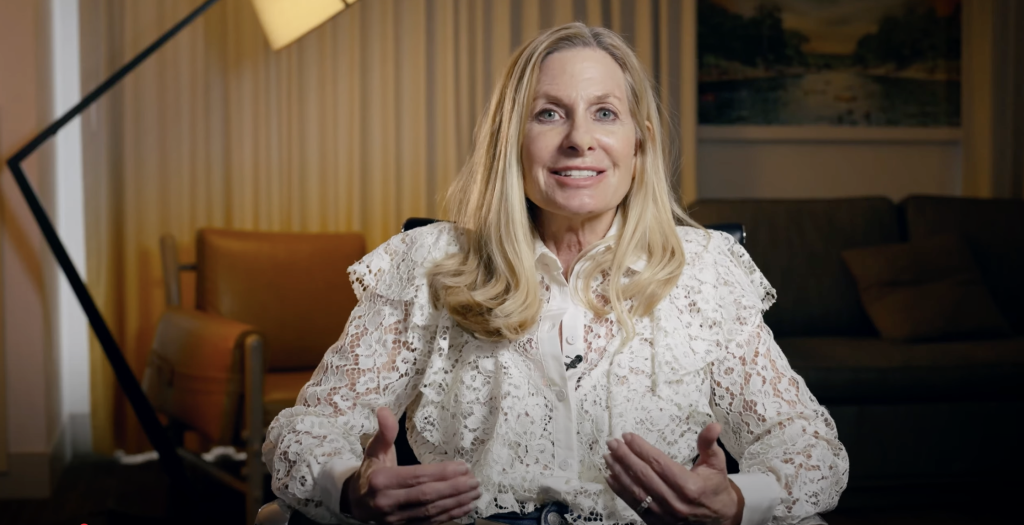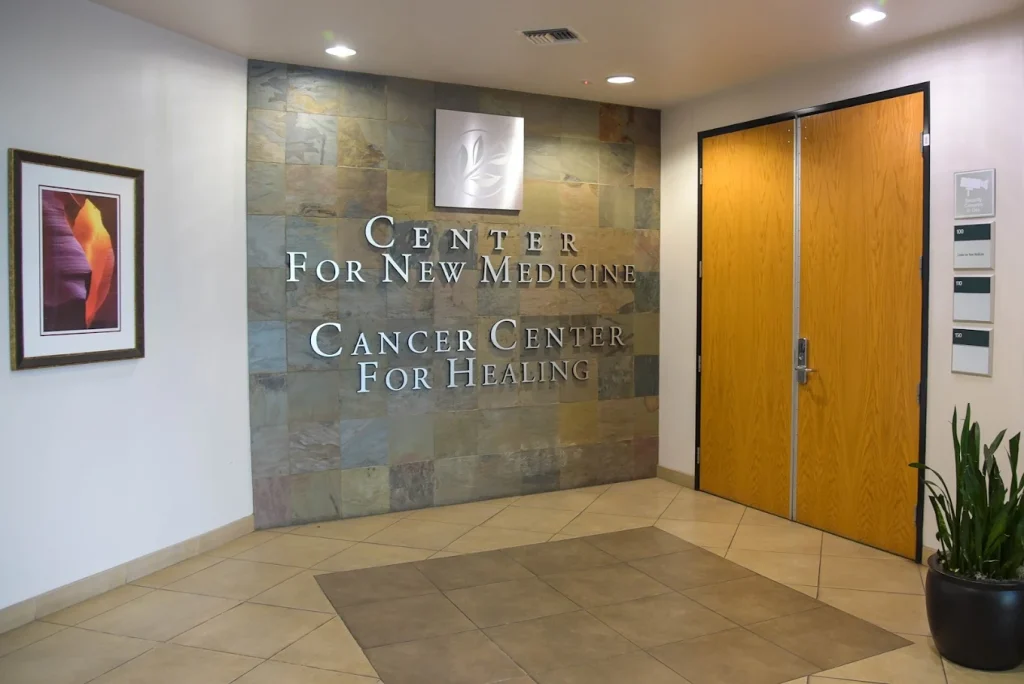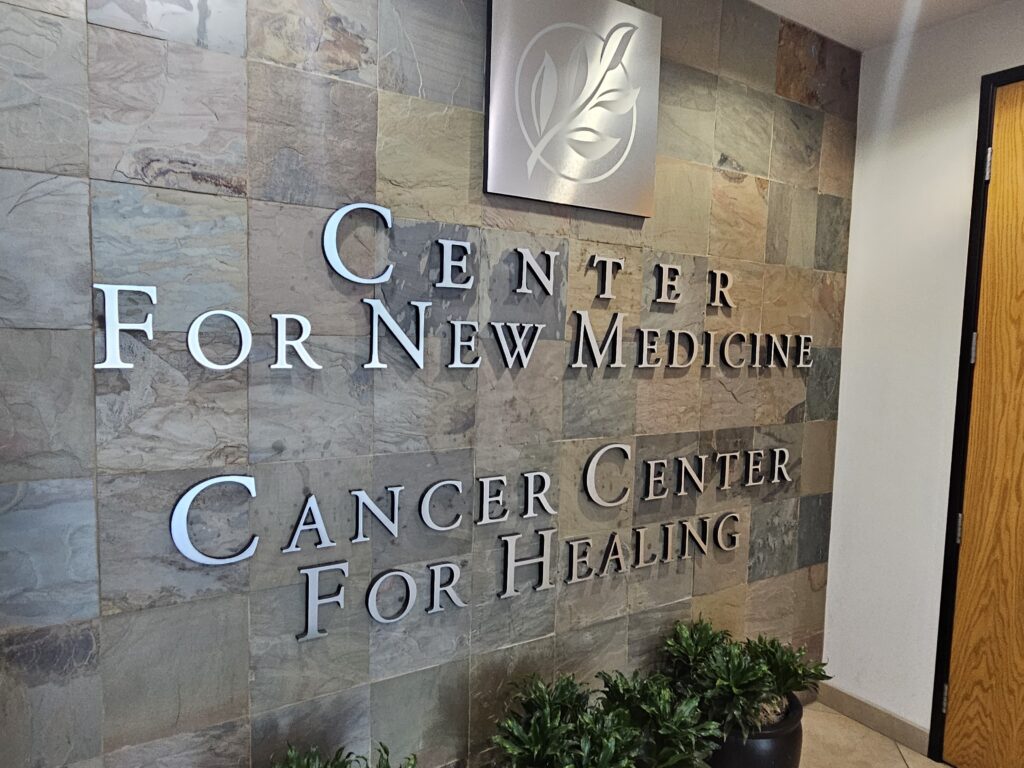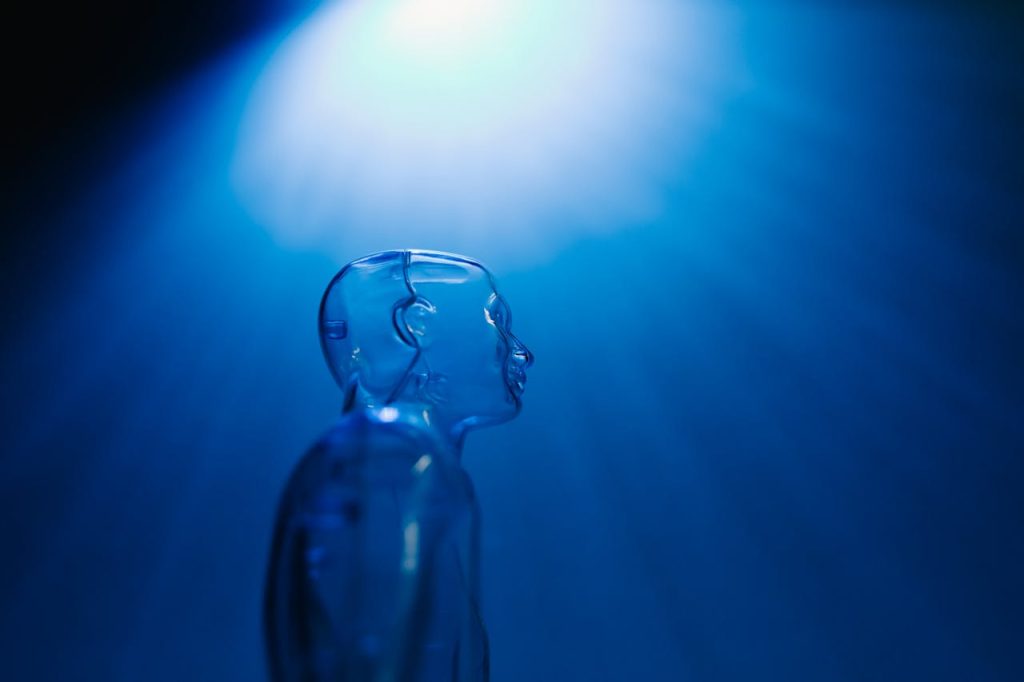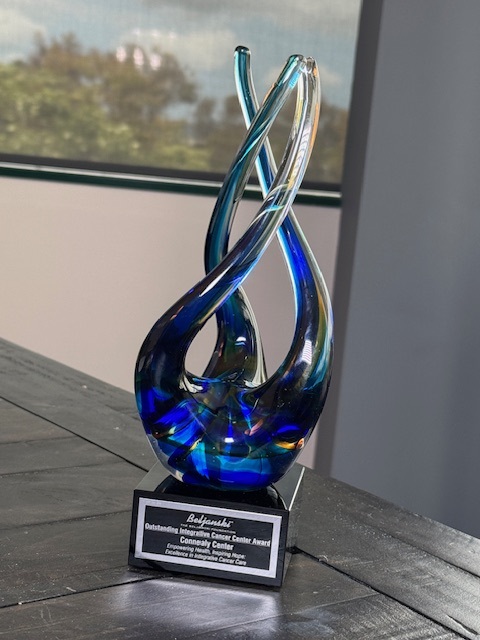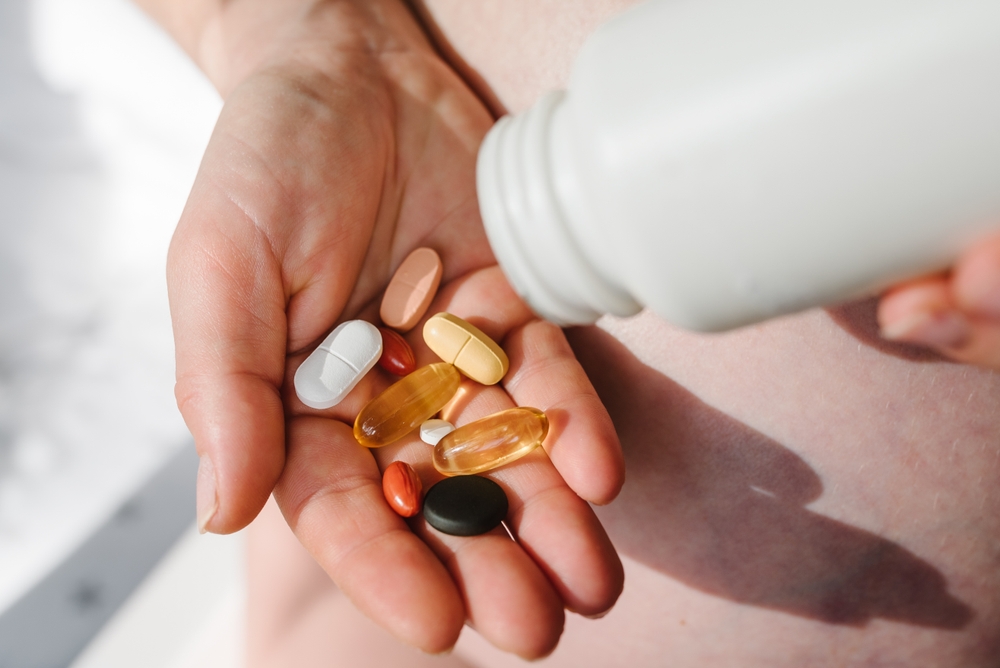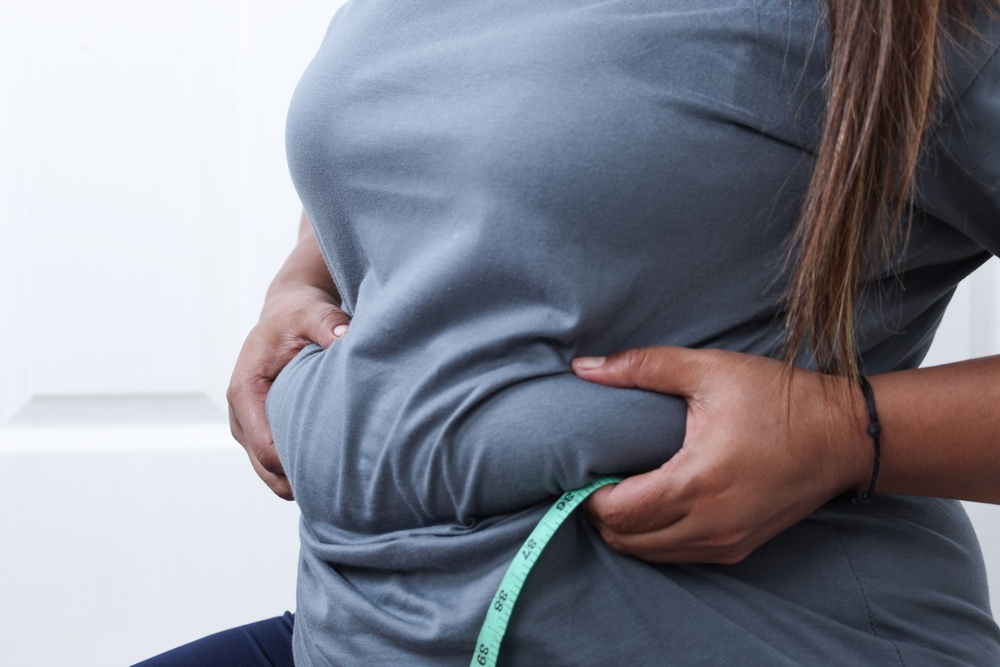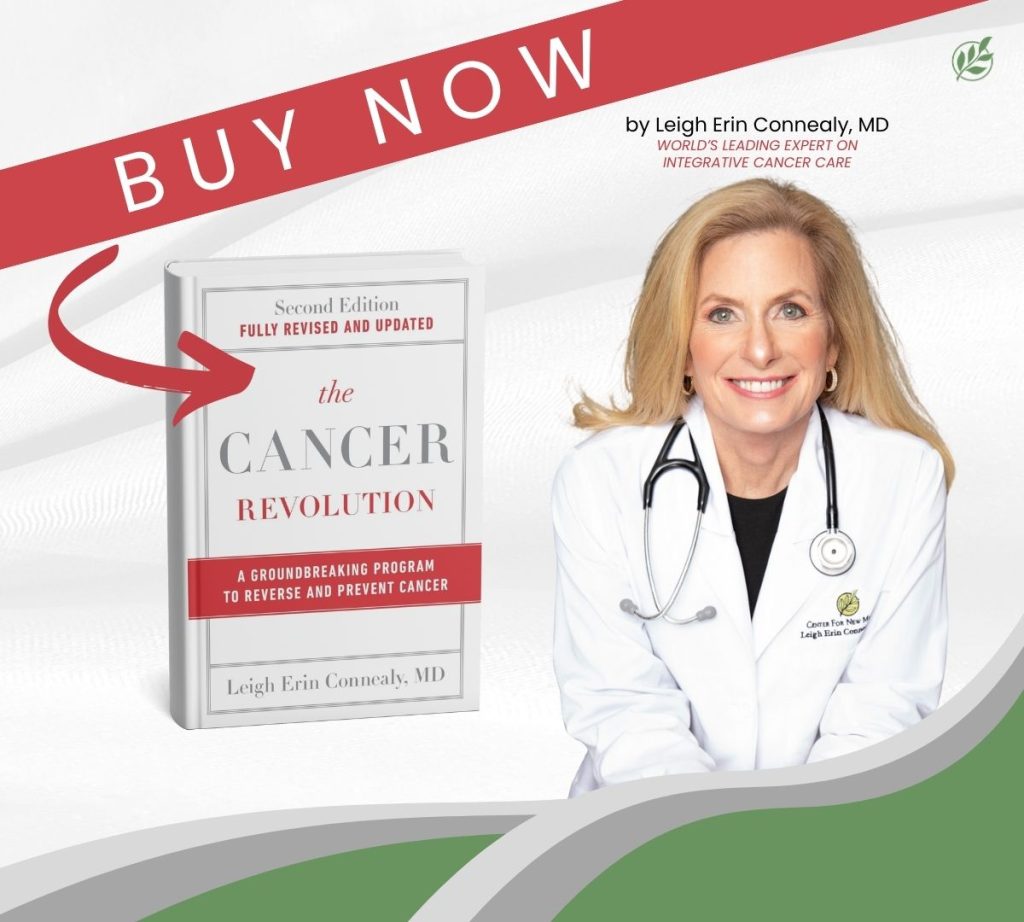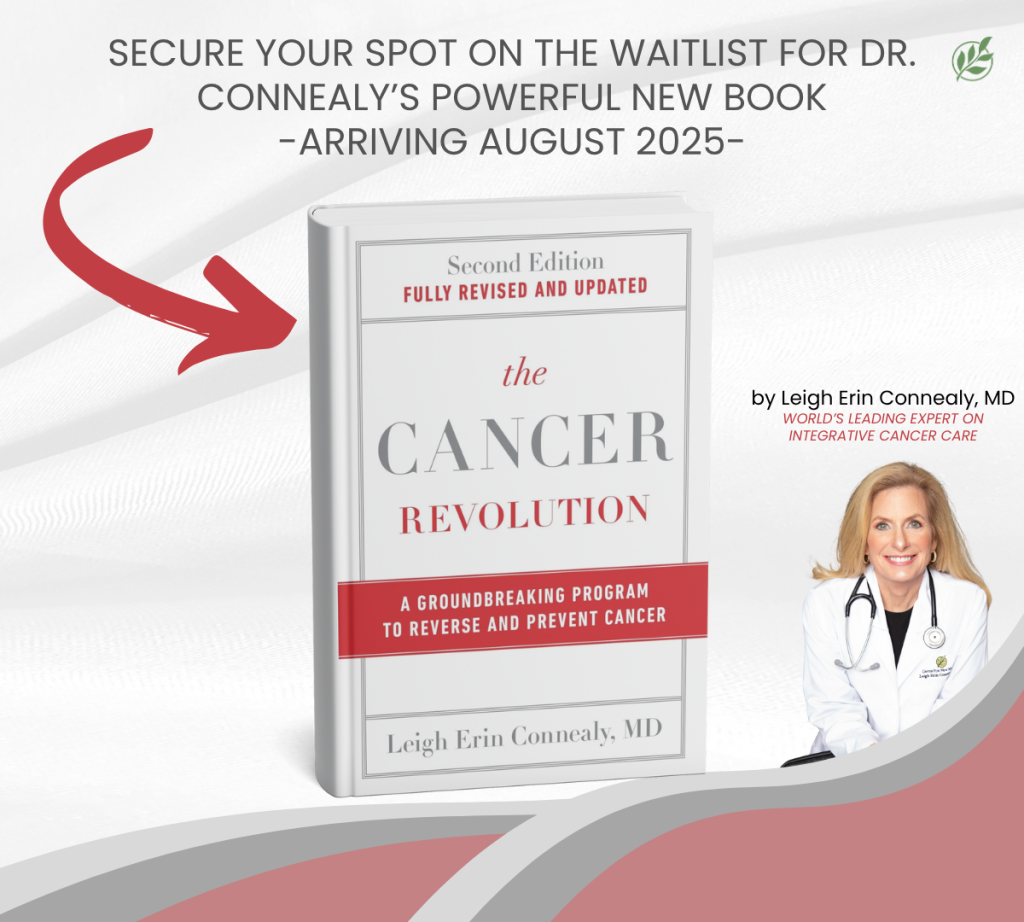At the Cancer Center for Healing in Irvine, CA, we are often asked by patients and their families, “What is low-dose chemotherapy, and how does it differ from traditional cancer treatments?” This question is important because patients want therapies that balance effectiveness with quality of life. While standard chemotherapy has been the backbone of cancer treatment for decades, low-dose chemotherapy (sometimes called metronomic chemotherapy) is emerging as a valuable option for many individuals.
Defining Low-Dose Chemotherapy
The first step in defining low-dose chemotherapy is understanding how it works. Instead of giving large doses of chemotherapy drugs at once, this approach uses smaller amounts given more frequently or continuously. The purpose is to keep constant pressure on cancer cells, preventing them from spreading, while reducing the amount of damage to healthy tissues.
When people ask us what low-dose chemotherapy is, we explain that it is not about eliminating side effects completely. Instead, it is about making them more tolerable. With this approach, the body may recover faster between treatments, and patients often feel more capable of continuing daily routines.
Why Patients Consider It
Another way to understand low-dose chemotherapy is to look at the benefits patients report. Many individuals say they feel less overwhelmed by fatigue, nausea, or immune suppression. While side effects still occur, they are often less severe than with full-dose regimens. For patients who want to preserve energy for family, work, or hobbies, this can be a meaningful difference.
Patients who are older or frailer, or who are managing other health conditions, may find that low-dose options give them an opportunity to fight cancer without being as heavily burdened by toxicity. The question of what constitutes low-dose chemotherapy is not only medical but also personal—because it often comes down to how treatment impacts someone’s quality of life.
Comparing It with Standard Chemotherapy
When we explain what low-dose chemotherapy is, we also clarify how it compares with full-dose chemotherapy. Standard regimens deliver higher amounts of drugs at wider intervals. This can result in rapid tumor shrinkage and has been proven effective for many types of cancer. However, it often comes at the cost of stronger side effects, such as total hair loss, severe fatigue, digestive damage, and significant immune suppression.
By contrast, low-dose chemotherapy is designed to be gentler. Patients may experience hair thinning rather than complete loss, nausea that is easier to manage, and immune suppression that is less likely to lead to hospitalization. Understanding low-dose chemotherapy in this context shows why it appeals to people who want to avoid the most debilitating aspects of cancer care.
Risks and Trade-Offs
It is important to note that asking what low-dose chemotherapy is also means asking about its limitations. In some cancers, especially fast-growing or aggressive types, standard chemotherapy may still be necessary to achieve the best results. Low-dose options may not work as quickly or as powerfully in every situation.
Additionally, side effects, though often milder, can still accumulate over time. Fatigue, changes in appetite, lowered blood counts, or neuropathy may still develop. The difference is that these effects may be easier to manage and less disruptive to daily living.
How Side Effects Are Managed
When patients wonder what low-dose chemotherapy is, they often also ask how to manage side effects. Supportive measures include anti-nausea medications, nutritional support, hydration, stress management, and gentle physical activity. Because side effects are usually less intense, these interventions are often more successful in keeping patients comfortable throughout treatment.
Monitoring is always essential. Regular blood tests and medical check-ins ensure that even mild side effects do not progress unchecked. At the Cancer Center for Healing, we combine low-dose chemotherapy with integrative therapies to further support patients’ strength and resilience.
Who Is a Good Candidate?
Another layer of low-dose chemotherapy involves who may benefit most. It can be especially appropriate for patients who…
- Have previously struggled with severe side effects from full-dose chemotherapy
- Are older or have other health conditions that make high-dose regimens riskier
- Value quality of life highly and want to stay more active during treatment
- Are receiving therapy as part of long-term disease control rather than an aggressive curative plan
Each case is unique, and decisions should always be guided by a personalized medical assessment.
A Whole-Person Approach
Ultimately, defining what low-dose chemotherapy is also means placing it within the larger picture of whole-person healing. At the Cancer Center for Healing, we believe in not only treating the cancer but also supporting the mind, body, and spirit. Low-dose chemotherapy often works best when combined with integrative therapies, nutrition, stress reduction, and personalized care strategies that help patients maintain strength and hope throughout their journeys.
So, what is low-dose chemotherapy? It is a treatment strategy that uses smaller, more frequent doses of cancer-fighting drugs with the aim of reducing toxicity while maintaining effectiveness. It is not without side effects, but it often allows patients to tolerate therapy better, recover more quickly, and live more fully during treatment.
If you or a loved one are considering this approach, we encourage you to learn more through our comprehensive overview: Low Dose Chemotherapy Overview. Our team in Irvine is here to guide you through every step, answer your questions, and create a treatment plan tailored to your needs.
